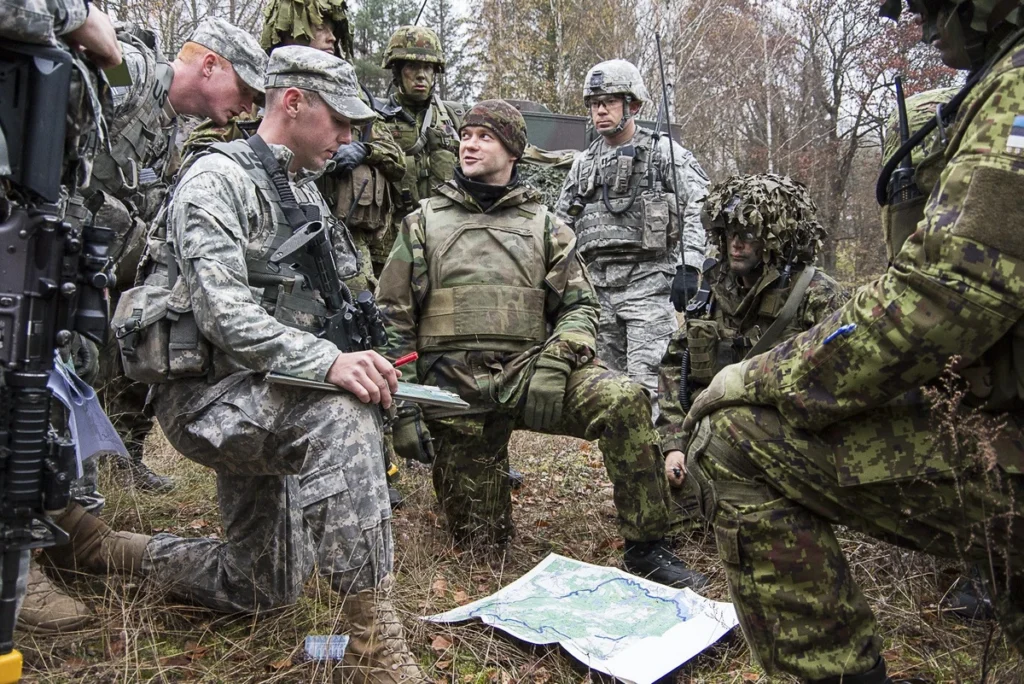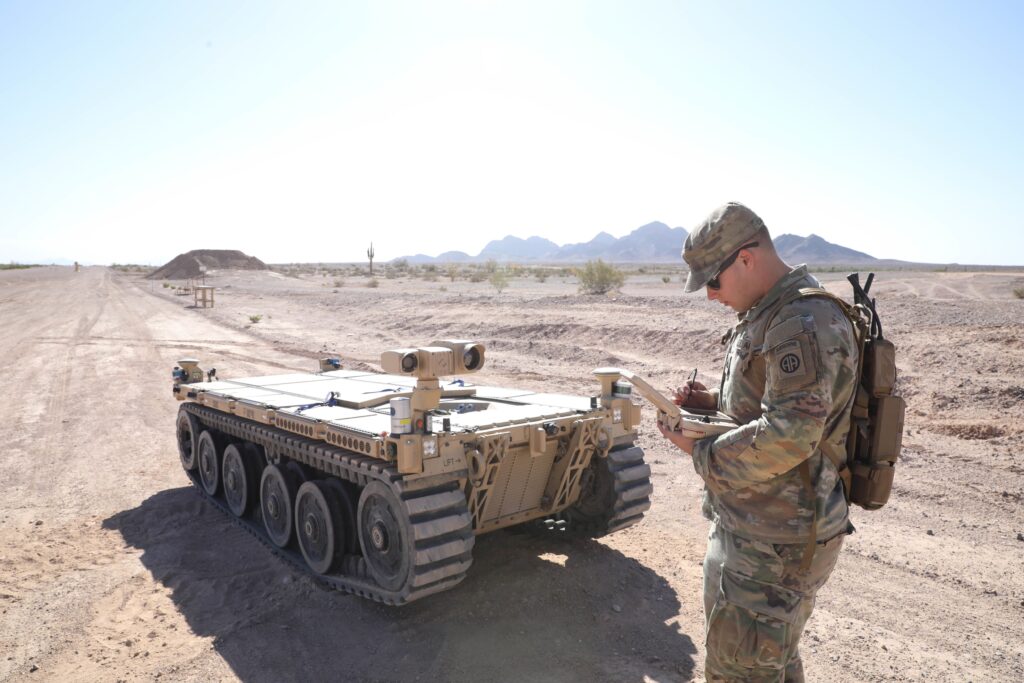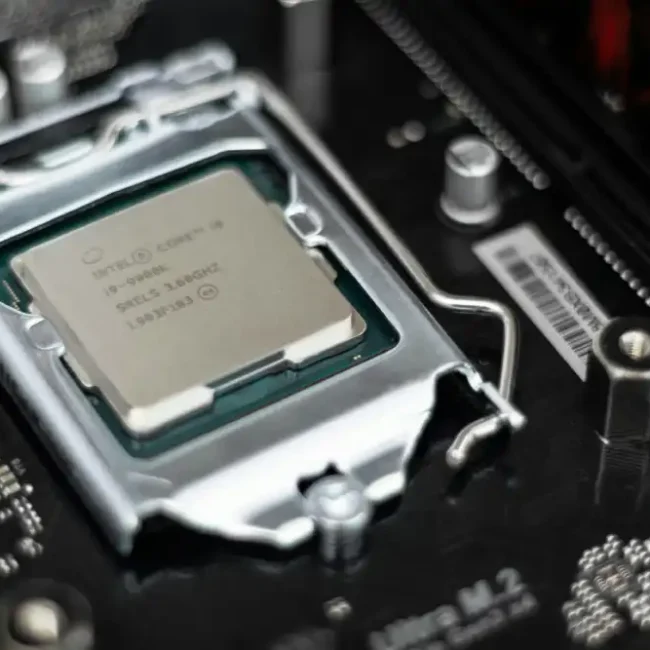Good: U.S. Pulls Military Support from Eastern Europe

What the story is
The U.S. is withdrawing much of its military support from Eastern Europe to push NATO allies to take on more defense responsibilities. The move comes after Europe’s increased military spending in response to the Ukraine war. However, some EU officials warn that this pullback may embolden Russian aggression.
What the consequences will be
- Shift in NATO dynamics: European countries may step up defense capabilities, increasing regional arms spending.
- Short-term security concerns: Russia may test reduced U.S. presence, leading to strategic risks.
- Long-term military continuity: Europe could move toward greater self-reliance in defense infrastructure and strategy.
How an investor can benefit (specific)
- Defense contractors: Increased European defense spending creates growth opportunities for companies like BAE Systems, Thales, and Rheinmetall.
- Infrastructure and logistics firms: Firms providing defense-specific construction, bases, and supply chain solutions may see increased demand.
- ETFs with European defense exposure: Consider funds that capture the upside of regional defense build-up (e.g., defense or aerospace-themed European ETFs).
Bad: Army Picks Startups to Fast-Track Self-Driving Squad Vehicles

What the story is
The U.S. Army awarded $15.5 million to three startups—Overland AI, Forterra, and Scout AI—to develop autonomous systems for Infantry Squad Vehicles (ISVs). These efforts aim to integrate and deploy self-driving capabilities by May 2026 as part of the “Unmanned Systems (UxS) Autonomy” program. This marks a clear pivot away from traditional vehicle purchases toward innovation in battlefield mobility.
What the consequences will be
- Accelerated tech adoption: The Army’s direct engagement with startups highlights growing confidence in autonomous ground systems.
- Innovation over procurement: Prioritizing capabilities and agility over large-scale vehicle procurement signals strategic modernization.
- R&D and integration boom: Increased focus on real-world operating environments unusual to traditional AV technology—like off-road and communications-degraded settings.
How an investor can benefit (specific)
- Startup investment opportunities: Overland AI, Forterra, and Scout AI may become acquisition targets or IPO candidates in the robotics-defense niche.
- Defense tech ecosystem players: Suppliers of LIDAR, rugged sensors, AI compute, and defense-grade components could benefit from integration demand.
- Autonomous mobility ETFs: Funds tracking defense innovation or autonomous vehicle tech could see growth (e.g., robotics/autonomy ETFs like ROBT).
Ugly: Canada Unveils Billions in Relief for Tariff-Hit Firms

What the story is
Canada’s government introduced relief measures—potentially in the billions—to support firms impacted by tariffs and trade disruptions. Although the full details are not available, such aid often includes tax breaks, subsidized loans, and grants to help exporters and domestic manufacturers stay afloat.
What the consequences will be
- Immediate corporate support: Targeted firms may regain cash flow stability and avoid layoffs or closures.
- Reject ripple in value chain: Industries like auto parts, agriculture, and machinery may stabilize, helping to soften GDP impact.
- Broader economic signal: Demonstrates the government’s readiness to intervene in the face of external trade pressures.
How an investor can benefit (specific)
- Canadian exporters and manufacturers: Firms in sectors receiving support (auto, agriculture, machinery) may recover performance—watch for earnings upgrades.
- Domestic equities over globals: Favor companies that benefit from relief over global exporters exposed to tariffs.
- Infrastructure and capital expenditure plays: Firms supplying equipment or services to supported industries may see increased orders—good opportunity for industrials.





